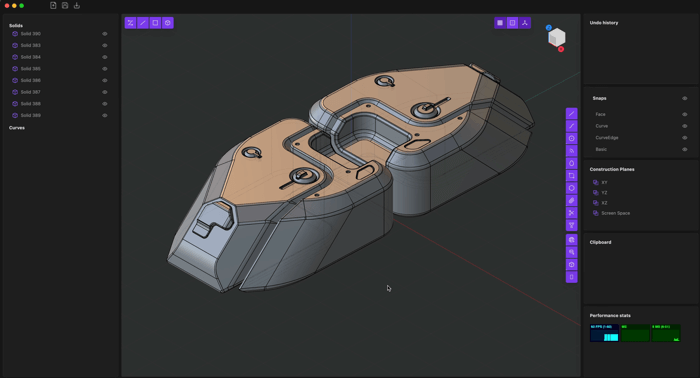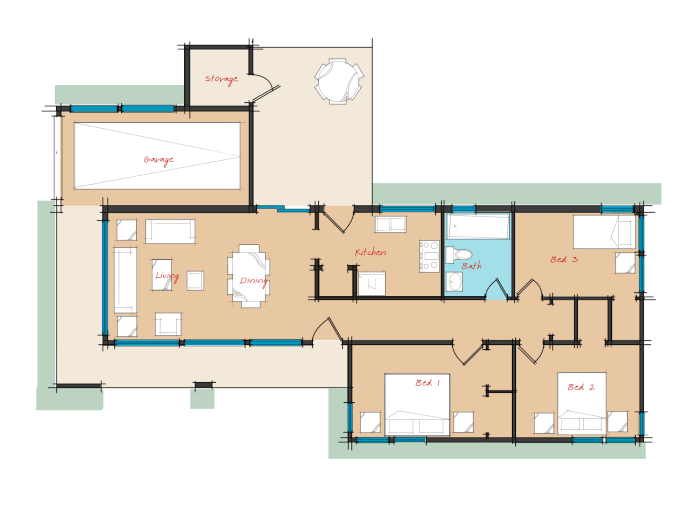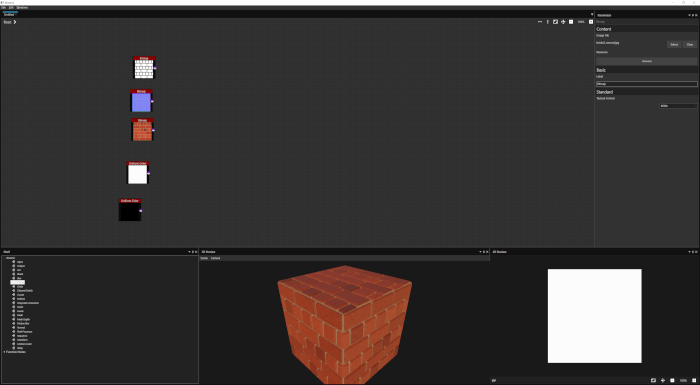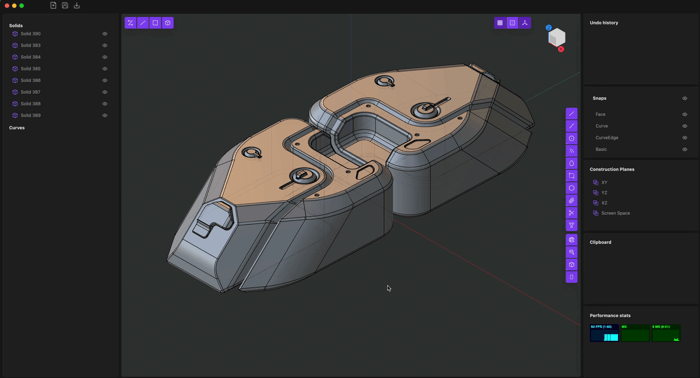
The use of technologies to visualize projects for architecture will go towards real time rendering; I have no doubt of that. After the release of FryRender RT and V-Ray RT, a lot of cool examples and projects that use such technology begin to appear on the internet. Last week I found a great example of how V-Ray RT can be used to visualize and even plan the overall look of a project, using 3ds Max do edit the project.
I know that this project is not related to Blender, but we can take it as a preview of what may come to be the basis to develop projects. The author of the project is called Peter Guthrie.
VrayRT (Realtime) from Peter Guthrie on Vimeo.
The speed and almost immediate feedback to small changes like the adjustments of textures and the lights position and intensity, will help a lot an artist to show different layouts of a project.
We already could use something very similar in Blender 3D, but limited to the adjustments of the light intensity and color. I'm talking about Light Groups in LuxRender, which can allows us to change and manipulate the lights while the render is still happening. The down side of Light Groups when we compare them to this real time render, is that we can't make changes to materials and principally the position of objects at the scene.
For instance, image that you have to show a rendering for a client and the layout of the furniture is not like the client required, or the client asks to make a new layout with different furniture at the scene. All those changes can be applied in real time, in front of the client with immediate feedback.
I'm not saying that we have to use one of those softwares! It's just a preview of what may come to be developed in the future, for open source renders or even for the Blender internal render. Save your money to buy a really powerful GPU, because this technology will be mostly based on GPU acceleration to offer even more speed at rendering.






V-Ray RT is CPU (not GPU) based.
I tested it with Max 2009 for interior scenes on a Intel 2.66 Hz 2 Quad CPU, 64 bit Windows with 8GB RAM. It was slower and gave a bad quality feedback than rendering it with “quick 11preview”-settings for the normal V-Ray. and all the time it uses 100% of the CPU if its turned on.
Even if you use distributed rendering, 2 slaves for example, it’s still slower than quickpreview.
I guess all those V-Ray RT demovideos use pretty fast hardware 😉
Kind regards
Alain
FryRender RT and V-Ray RT are awesome tools, however the rendering of some cad based systems leaves a lot to be desired
its wierd that these realtime engines use up so much resources. although im yet to see the video previews. can someone tell me if they are significantly better than game engines such as the unreal engine, especially now that epic are giving the engine for free?